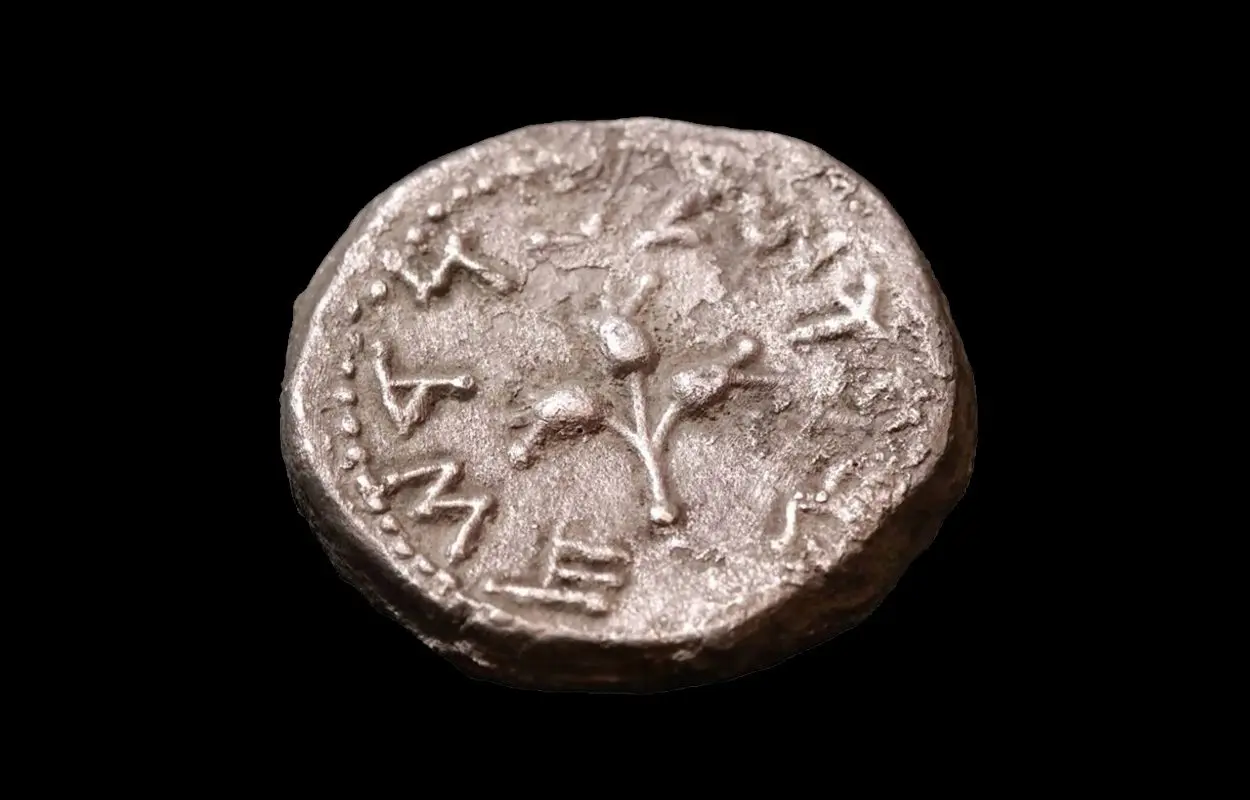Archaeologists from the Israel Antiquities Authority (IAA) have uncovered a rare half-shekel silver coin from Year One of the First Jewish Revolt.
The First Jewish Revolt was the first of several uprisings by the Jewish population of Judea against the Roman Empire. The seeds of the revolt was in part caused by increasing religious tensions and high taxation, leading to the plundering of the Second Temple and the arrest of senior Jewish political and religious figures by the Romans.
The Romans mobilised four Legions (supported by forces of Agrippa) to subdue the rebellion and punish the Jewish people as an example to others.
After several battles, the city of Jerusalem and the Second Temple was destroyed, with contemporary historian, Titus Flavius Josephus. stating: “Jerusalem … was so thoroughly razed to the ground by those that demolished it to its foundations, that nothing was left that could ever persuade visitors that it had once been a place of habitation.”
The coin was found in a cave located in the Ein Gedi nature reserve, which may have been lost by a rebel who escaped to the desert during the revolt.
An inscription on one side of the coin appears to show “Holy Jerusalem”, written in ancient Hebrew script. The other side of the coin depicts a chalice with the letter Aleph inscribed above, marking the first year of the outbreak of the Revolt and the value of a half-shekel.
According to the researchers, the chalice is a characteristic symbol on Jewish coins in currency towards the end of the Second Temple period. These coins were minted in the values of shekel and half-shekel at the time of the First Revolt between the years AD 66 to 70.
According to Yaniv David Levy, Israel Antiquities Authority numismatic scholar, “Coins from the first year of the Revolt, such as this one, are rare. During the Second Temple period, Jewish pilgrims used to pay a Temple Tax in half-shekel coins. For about two centuries, Tyrian-minted coins, made of fine silver and a status symbol in the region, were used for this contribution. During the revolt the rebels minted alternative coins inscribed with “Shekel Israel”, “Half-Shekel” and “Quarter-Shekel”. It seems that the rituals in the Temple continued during the revolt and these coins were now used by the rebels.”
Header Image Credit : IAA





